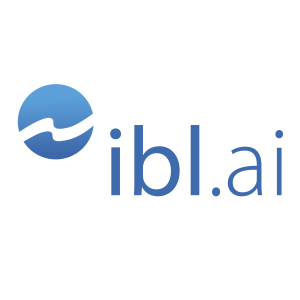
Thursday Jun 12, 2025
Google/AWS: Building A Secure Agent AI Application Leveraging Google's A2A Protocol
Summary of https://arxiv.org/pdf/2504.16902
Explores the critical need for secure communication protocols as AI systems evolve into complex networks of interacting agents. It focuses on Google's Agent-to-Agent (A2A) protocol, designed to enable secure and structured communication between autonomous agents.
The authors analyze A2A's security through the MAESTRO threat modeling framework, identifying potential vulnerabilities like agent card spoofing, task replay, and authentication issues, and propose mitigation strategies and best practices for secure implementation.
The paper also discusses how A2A synergizes with the Model Context Protocol (MCP) to create robust agentic systems and emphasizes the importance of continuous security measures in the evolving landscape of multi-agent AI.
- Agentic AI and A2A Protocol Foundation: The emergence of intelligent, autonomous agents interacting across boundaries necessitates secure and interoperable communication. Google's Agent-to-Agent (A2A) protocol provides a foundational, declarative, identity-aware framework for structured, secure communication between agents, enabling them to discover capabilities via standardized Agent-Cards, authenticate, and exchange tasks.
- A2A Core Concepts: The A2A protocol defines key elements including the AgentCard (a public JSON metadata file describing agent capabilities), A2A Server and Client (for sending/receiving requests), the Task (the fundamental unit of work with a lifecycle), Message (a communication turn), Part (basic content unit like text or files), and Artifact (generated outputs). Communication flows involve discovery, initiation (using
tasks.sendortasks.sendSubscribe), processing, input handling, and completion, potentially with push notifications. - MAESTRO Threat Modeling: Traditional threat modeling falls short for agentic AI systems. The MAESTROframework (Multi-Agent Environment, Security, Threat, Risk, and Outcome), a seven-layer approach specifically for agentic AI, identifies threats relevant to A2A, including Agent Card spoofing, A2A Task replay, A2A Server impersonation, Cross-Agent Task Escalation, Artifact Tampering, Authentication & Identity Threats, and Poisoned AgentCard (embedding malicious instructions).
- Key Mitigation Strategies: Addressing A2A security threats requires specific controls and best practices. Crucial mitigations include using digital signatures and validation for Agent Cards, implementing replay protection (nonce, timestamp, MACs), enforcing strict message schema validation, employing Mutual TLS (mTLS) and DNSSEC for server identity, applying strict authentication/authorization (RBAC, least privilege), securing artifacts (signatures, encryption), implementing audit logging, using dependency scanning, and applying strong JWT validation and secure token storage.
- A2A and MCP Synergy: A2A and the Model Context Protocol (MCP) are complementary, operating at different layers of the AI stack. A2A enables horizontal agent-to-agent collaboration and task delegation, while MCP facilitates vertical integration by connecting agents to external tools and data sources. Their combined use enables complex hierarchical workflows but introduces security considerations at the integration points, requiring a comprehensive strategy.
No comments yet. Be the first to say something!